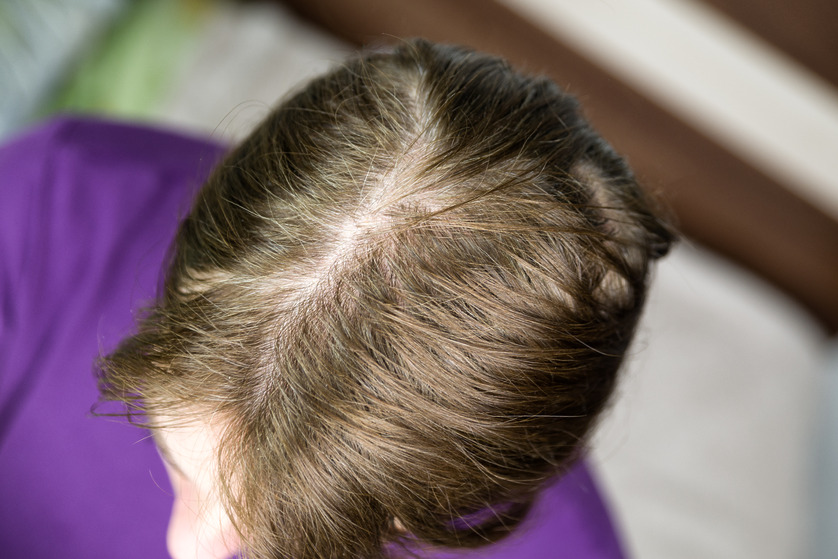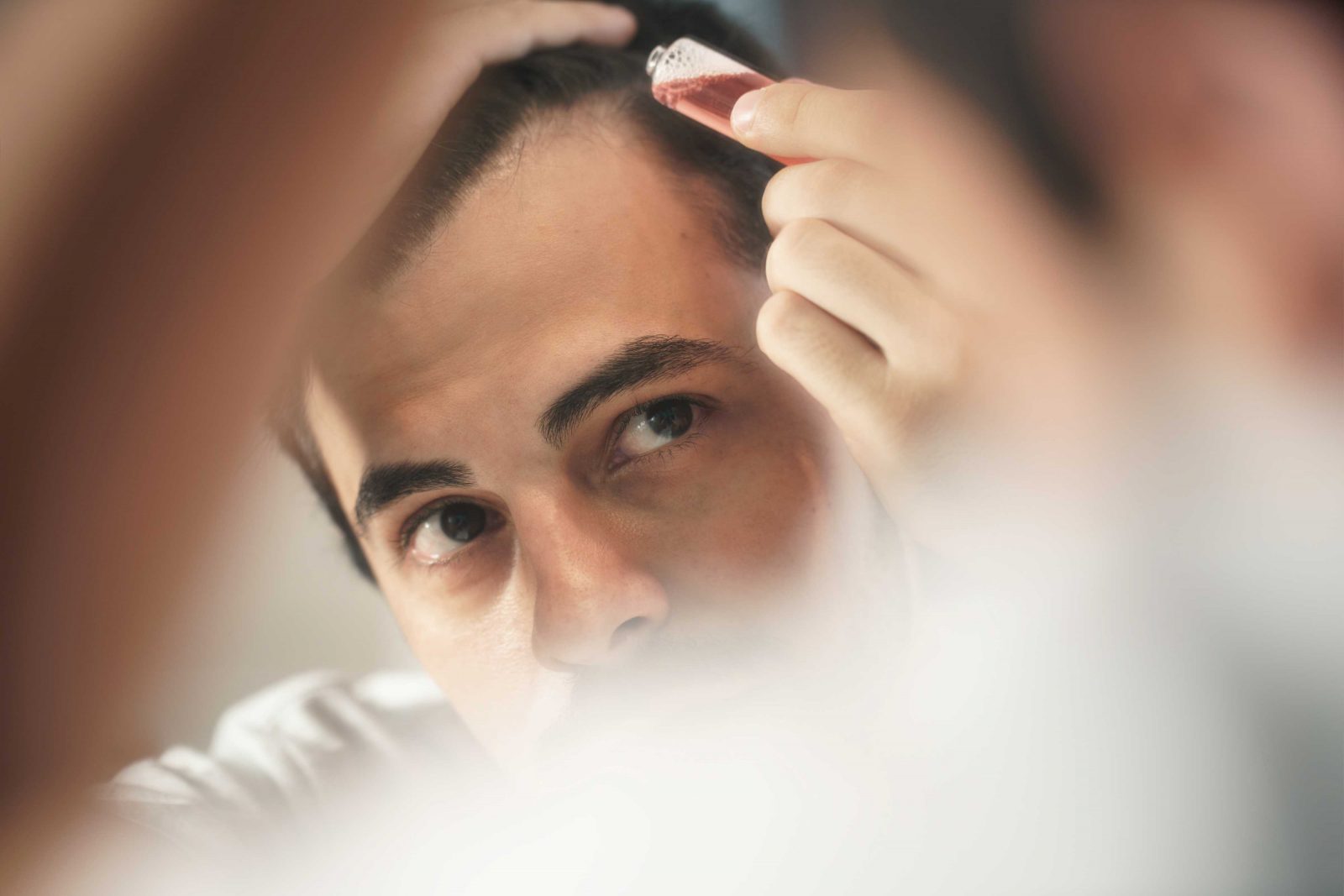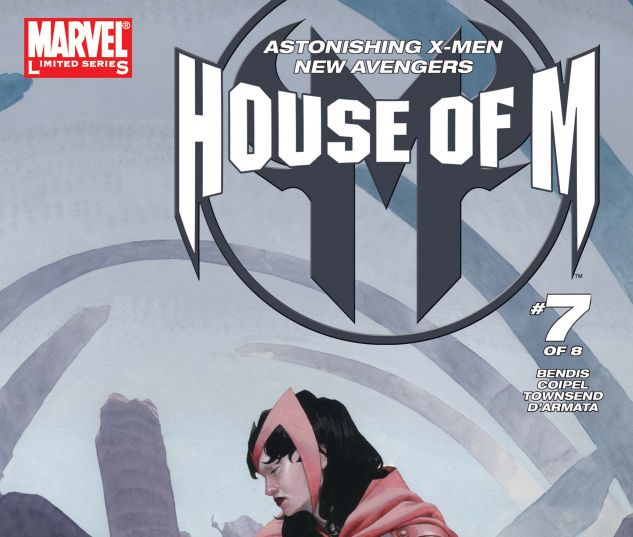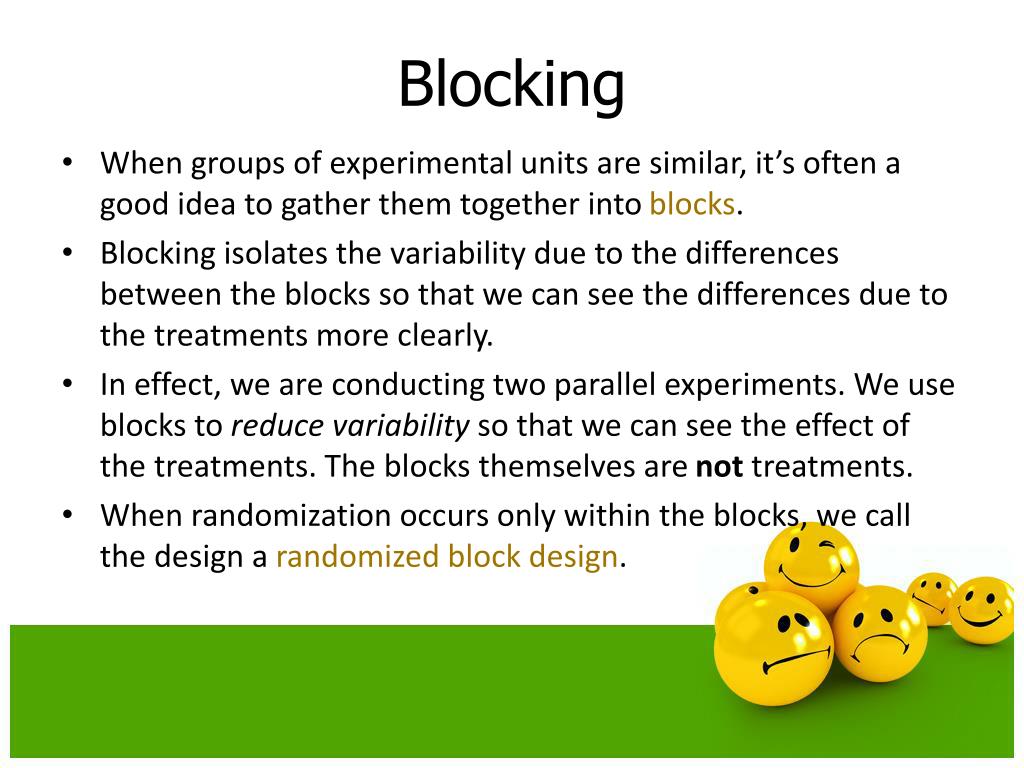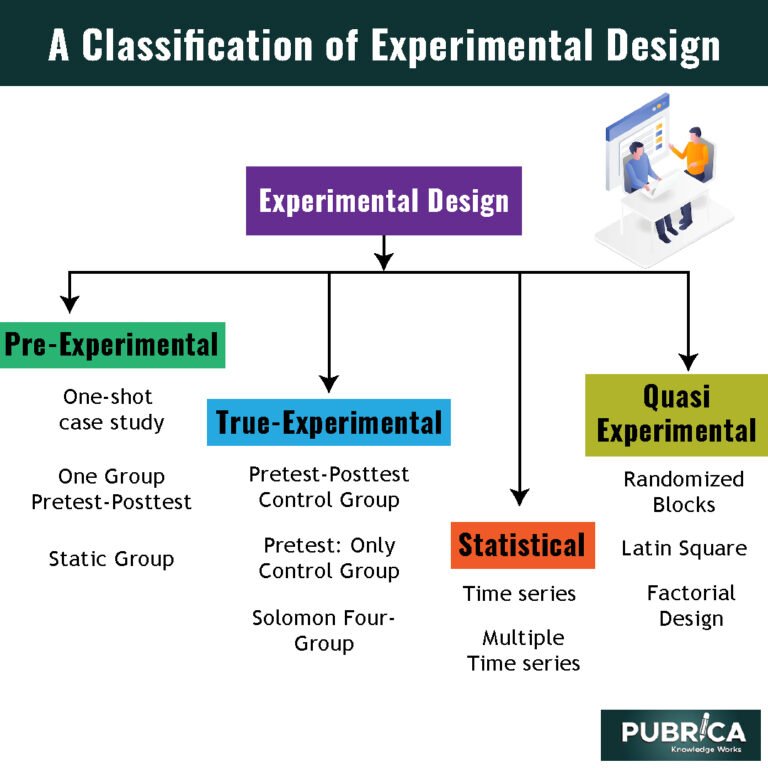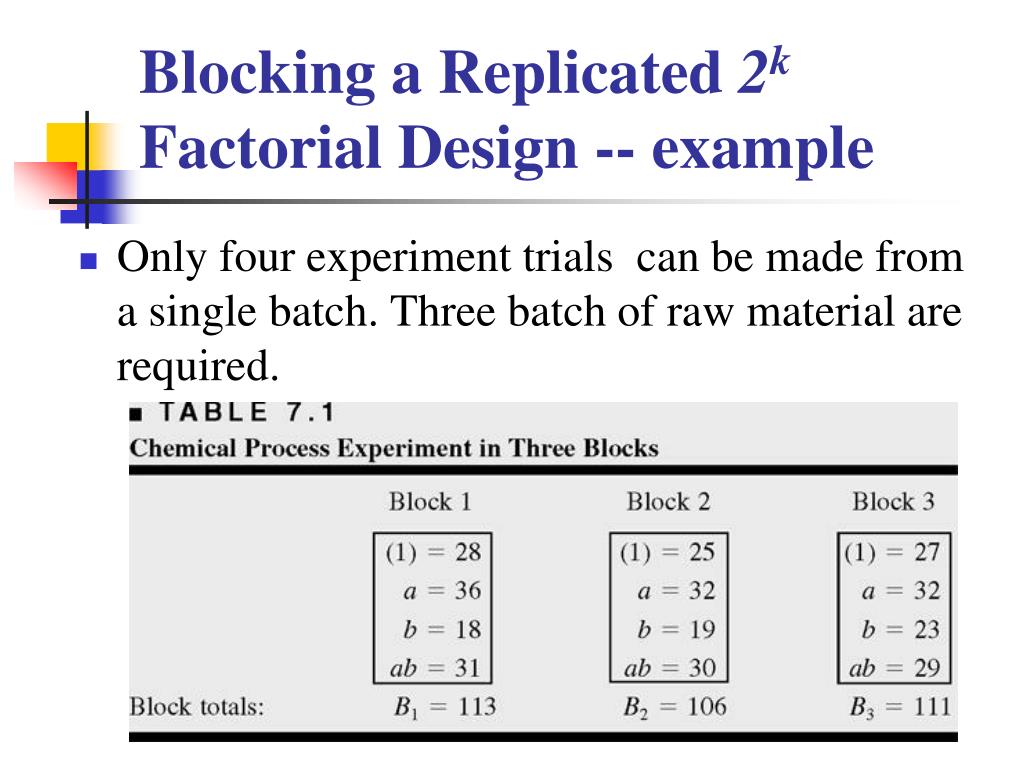Table Of Content

It was a grey existence, one that seemed to be coated in a persistent fog. Their incredibly professional, passionate, and knowledgeable team (Lyle Frank, especially) carefully led me through the process of testosterone replacement therapy. Their tireless efforts paid off, and I felt my energy levels soar, my motivation returning in an exhilarating rush. My life has palpably shifted for the better since undergoing treatment at Renew Vitality. This particular alopecia is an age-related condition that causes the hair to naturally thin as men age. During this transition, more hair follicles enter the resting phase, and any remaining hair strands become shorter.
Hair Loss in Women Different than in Men, Now Assured Better Treatment - Health Central
Hair Loss in Women Different than in Men, Now Assured Better Treatment.
Posted: Mon, 22 Jul 2019 07:00:00 GMT [source]
inherited genetic disorders and inflammatory diseases
Always seek the advice of your physician or other qualified health provider with any questions you may have regarding a medical condition. If you think you may have a medical emergency, immediately call your physician or dial 911. For example, a bone density test can show diminished bone mass, one result of low testosterone. To diagnose low testosterone, a doctor will often perform a physical evaluation and review the person’s symptoms. The doctor may also request testing to look for additional signs. Females may also experience specific low testosterone symptoms, such as the following.
Mayo Clinic Minute: Low testosterone levels can affect men
For men with low T symptoms such as hair loss, testosterone replacement therapy (TRT) is a viable option that can help boost their testosterone levels and stimulate hair growth. In addition, by using TRT to replenish their low testosterone, men can prevent the symptoms of low testosterone and other medical conditions that can contribute to their hair loss, such as diabetes. The most significant risk factor for experiencing androgenetic alopecia is having a family history of the condition rather than the level of testosterone present in the body. High testosterone levels can contribute to the increased production of the hormone DHT, which can bind onto the hair follicle, weakening and causing hair loss.
What Are Normal Testosterone Levels By Age?
So much of a man's physical characteristics are affected by testosterone levels. And Dr. Landon Trost, a Mayo Clinic urologist, says a drop in testosterone level can cause a long list of side effects. Of course, total testosterone levels vary from one individual to the other, with some people naturally having higher or lower testosterone levels. Of course, high testosterone levels are strongly correlated with high DHT levels, so it’s basically correct to say that high testosterone causes hair loss in some individuals. In this guide we cover everything you need to know about testosterone and hair loss, including your treatment options if you are already have a receding hairline (or worse!).
Testosterone Levels In Women - Mayo Clinic Press
Testosterone Levels In Women.
Posted: Thu, 09 Dec 2021 08:00:00 GMT [source]
Loss of Bone Mass
Alopecia areata is an autoimmune condition that is characterized by “round patches of hair loss on the scalp,” although it can occur elsewhere on the body, Agbai says. While the exact reason for this type of hair loss is unknown, it is generally understood that “the immune system mistakenly attacks hair follicles, leading to hair loss,” she adds. While this is surprising to many people, pattern baldness doesn’t only occur in men — we see cases of female hair loss, the causes of which are, most commonly, hormone related. Your blood test results can vary depending on when the test is taken.
Hone is an online clinic that helps people optimize their hormones. As part of your subscription and as medically indicated, physicians prescribe medications, and recommend supplements that are delivered to you from the comfort of your home. Enclomiphene is a selective estrogen receptor modulator (SERM) that stimulates the production of testosterone in men with low levels of the hormone.
Stressful events
Your total testosterone levels include both free and bound testosterone. For men, this means producing lower levels of testosterone which, if left untreated, can cause an array of unpleasant symptoms. Certain DHT blockers, such as Minoxidil and Finasteride, can help prevent dihydrotestosterone development by binding to the 5-alpha reductase enzyme before it can interact with any testosterone. Your physician may also suggest utilizing natural DHT inhibitors such as caffeine, green tea, and peppermint oil to help reduce or even cease already active DHT production. In addition, specific inhibitors such as saw palmetto can even help remove DHT that’s already bound to your hair follicles and prevent any potential damage in the future.
Testosterone Replacement Therapy and Hair Loss
A study published in the journal Actas Urologicas Espanolas found that men who supplemented with Tribulus Terrestris had higher testosterone levels than those who did not supplement with Tribulus Terrestris. A study published in the journal Nutrition found that men who supplemented with zinc had higher testosterone levels than those who did not supplement with zinc. It’s important to note that testosterone levels can differ substantially among men depending on their age. The American Urology Association reports that low testosterone affects around 2 in every 100 men. The risk increases with age, though most people naturally lose testosterone as they get older.
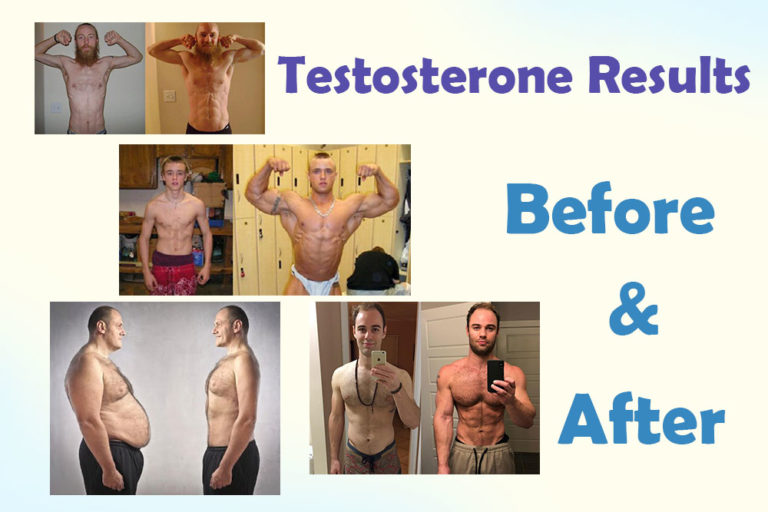
Can low dose testosterone help treat low libido in females?
DHT can bind to an androgen receptor longer, increasing the impact of testosterone production throughout your body. High levels of androgens, including DHT, can shrink your hair follicles as well as shorten this cycle, causing hair to grow out looking thinner and more brittle, as well as fall out faster. DHT can also make it take longer for your follicles to grow new hairs once old hairs fall out. Once it’s freely flowing through your bloodstream, DHT can then link to receptors on hair follicles in your scalp, causing them to shrink and become less capable of supporting a healthy head of hair. An androgen is a sex hormone that contributes to the development of what are thought of as “male” sex characteristics, such as body hair. These numbers demonstrate the wide range of testosterone levels in males, with each individual’s hormone levels fluctuating naturally.
The relationship between androgen hormones, such as testosterone, and hair growth is complicated. High levels of testosterone can increase body hair and facial hair growth but can also increase levels of DHT, which can, in turn, contribute to hair loss. Low testosterone levels can affect overall wellness by decreasing muscle mass, bone density, and sex drive. However, with lower levels of DHT produced, male pattern baldness may occur more slowly. As women go through menopause, the body decreases the production of female expression hormones like estrogen, increasing the production of androgens, such as testosterone. When testosterone levels increase in the body, DHT levels increase as well.
Testing first thing in the morning is recommended as this is when males generally have the highest level of T circulating in their bodies. In males, production of this hormone starts to fall after age 30 and continues to decline (about 1% per year) throughout their life. Renew Vitality Testosterone Replacement Clinic has truly been a game changer for me! Before discovering this clinic, l was feeling perpetually fatigued, lacking the vibrant energy that once characterized my life.
One of the best ways to prevent hair loss when increasing testosterone levels with supplements or testosterone replacement therapy is to be prescribed a DHT blocker, such as Finasteride. Finasteride, known by its brand name Propecia, inhibits the production of DHT by inhibiting the essential enzyme in the creation of DHT. When oral Finasteride is taken daily, it can decrease DHT production by up to 70%, significantly slowing hair loss in most male patients. Studies have shown that Finasteride consistently decreases hair loss compared to patients who do not take the medication. Biotin, or vitamin B supplements, can also be taken while taking testosterone to maintain the strength of the hair follicles. Vitamin B supplements are less effective than prescription medication such as Minoxidil or Finasteride.
